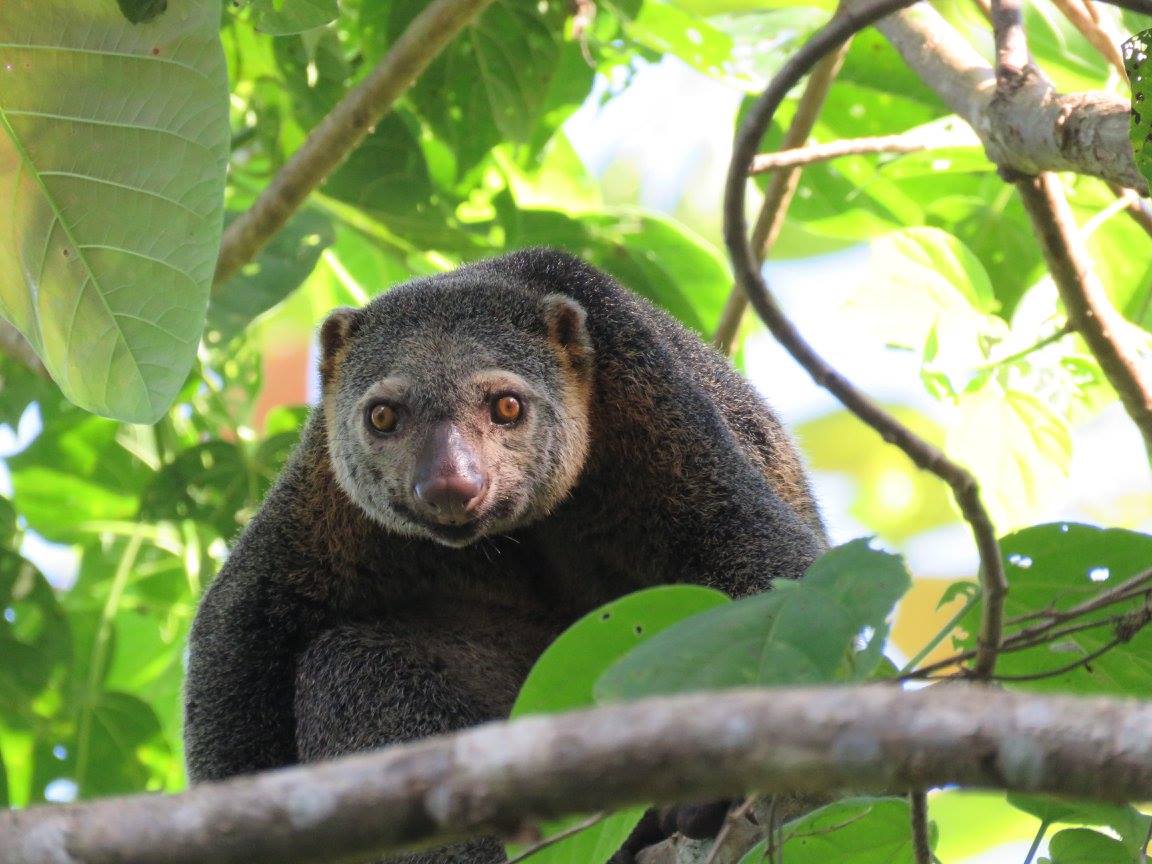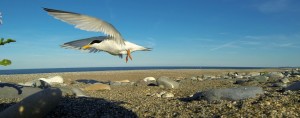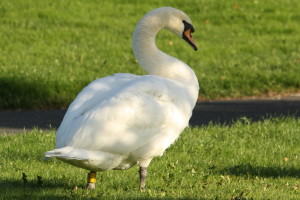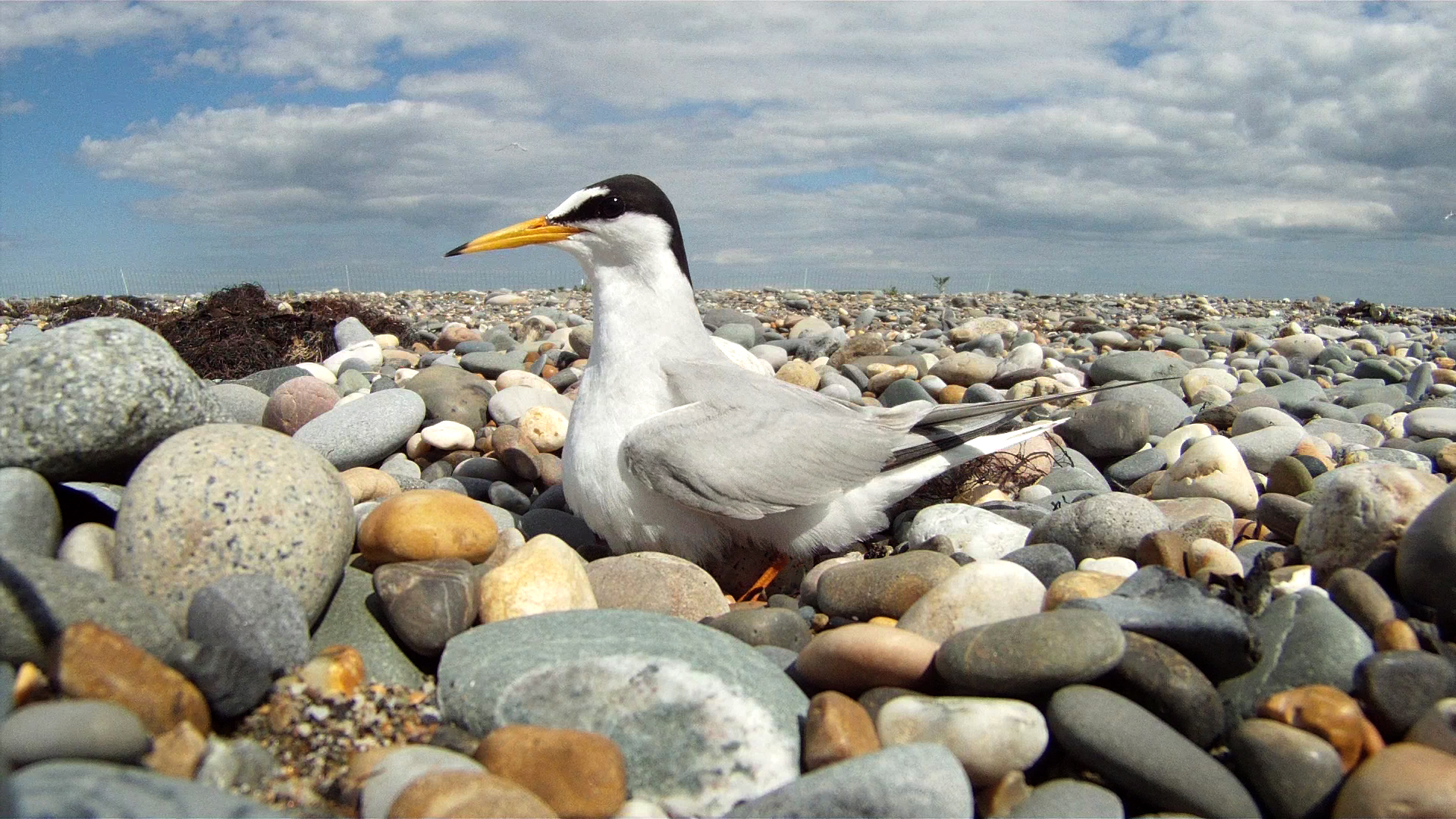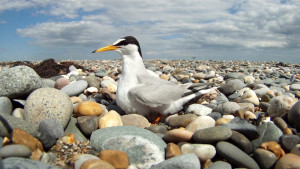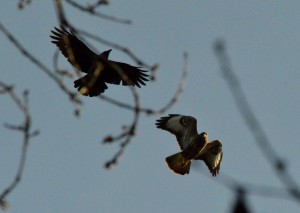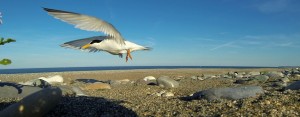Studying island bird biogeography in the tropics for my PhD has presented me with many weird and wonderful opportunities. None more so than accidentally becoming a mammologist along the way. My study region of Sulawesi, Indonesia, is home to the westernmost marsupial species in Asia, the Cuscus. Cuscus are like marsupial sloths, living life in the slow lane and spending most of their time foraging on leaves and digesting. The absence of large mammalian predators from Sulawesi means that they have few natural predators to disturb this sedate lifestyle. In a recent collaborative paper in Australian Mammalogy we report on the distribution and status of the endemic marsupials on the offshore islands of South-east Sulawesi.
Sulawesi Cuscus remain poorly studied; little is known about their ecology, the threats they face, and even their distribution within Sulawesi. The main focus of the cuscus research in South-east Sulawesi has been Buton Island, where researchers with Operation Wallacea have monitored populations for the past 15 years, revealing the Bear Cuscus (Ailurops ursinus) to be common, and providing the first evidence of the Small Sulawesi Cuscus (Strigocuscus celebensis) on the island. Both species are designated as Vulnerable (Helgen and Jackson 2015). Buton is likely one of the key sites for these species, retaining the largest tracts of lowland forest in the Sulawesi region, with 77% of the island’s 560 000ha still forested. Continue reading “Delicious Cuscus”

